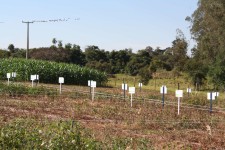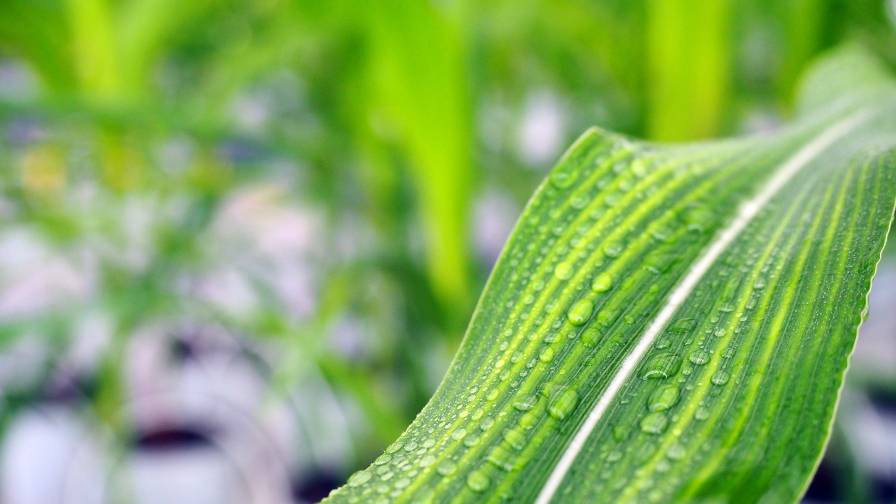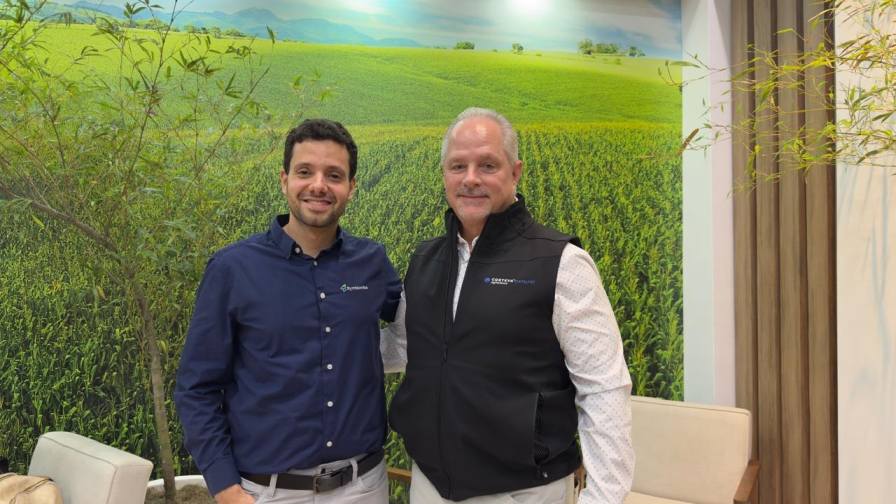Late Application of Herbicide Can Reduce Soybean Yields-Study

Delaying herbicide application until later stages of weed growth can result in lower crop yields, according to a new study published in Weed Science, the journal of the Weed Science Society of America.
A field survey found that when glyphosate is applied to glyphosate-resistant soybeans with weeds taller than 6 inches, crop yields can be reduced by as much as 27%, according to the study.
Postplant herbicide application is recommended when weeds are 6 inches or less. However, factors such as weather, time constraints or equipment availability might delay the herbicide application past the ideal time. The survey found that most herbicide applications were actually taking place later than the optimum time. Weeds were sprayed on average at 7 inches tall. Seventeen percent of the fields had weeds taller than 9 inches before treatment.
The average yield loss of 5% predicted in the study translates into a loss of $26.72 per acre at 2011 crop prices. A loss greater than 5% and up to 27% was predicted for one-quarter of the sites in the study. The cost of glyphosate applied postemergence at the labeled rate would be about $10.93 per acre or 2% of the value of the soybean yield.
In other words, an earlier application of glyphosate could save growers money. The authors also suggest that a preemergence herbicide, at a cost of about $12.55 per acre, could also improve yields.
“The use of a preemergence herbicide can allow successful use of a single treatment of glyphosate at a later stage of weed growth,” according to the release.
Study Method
The journal examines weed competition across 64 site-years in 10 southern Wisconsin counties. Glyphosate-resistant soybean crops were sprayed with glyphosate to reduce competition from common lambsquarters, velvetleaf, dandelion, and amaranthus. Researchers compared the timing of herbicide application at each site against the crop yield.
The authors estimated yield loss by combining field survey information with predictive models using WeedSOFT, a computer-based agricultural weed management system. The model takes into consideration weed species, crop growth stage, row spacing, weed height and weed density. With this information, the total competitive load, and yield loss, can be estimated for a large geographic area.
See the full text of the article: “Soybean Yield Loss Potential Associated with Early-Season Weed Competition across 64 Site-Years,” Weed Science, Vol. 61, No. 3, July-September 2013.





